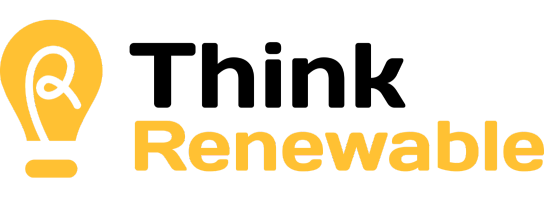How to Eliminate Unconscious Bias in Your Hiring Process
Unconscious bias during the recruitment process is one of the key factors preventing organisations from building diverse and inclusive workforces.
Despite the best intentions and supporting policies, employers are at risk of demonstrating discrimination and bias relating to a person’s age, ability, gender, nationality culture or looks.
This can be early on in the process and mean that only a certain profile of candidate even submits an application. Or during face-to-face interactions which either cause the jobseeker to withdraw from the process, resulting in a less-qualified candidate receiving the offer.
In this blog, we explore different ways you can stop unconscious bias in your hiring process and ensure the most worthy candidate is the one offered the job.
Stage 1 – The Job Advertisement
Even before you put your job out into the market, there are several ways you may have already eliminated some jobseekers. The wording of the ad itself, and the supporting job description, can exclude many applicants right off the bat.
Gendered wording is when particular language is used that automatically biases men over women or vice versa. For example, research has shown that phrases like “We are looking for a strong, confident salesperson who can achieve sales targets” appeal more to men and are considered “masculine-coded language”. On the other hand, words such as collaborative, communicative and supportive can appeal more to women. You can use a tool such as the Gender Decoder to check your job description before distributing.
The channels you use to advertise the role can also inform the type of candidate who applies. When deciding where to promote your role, think about who consumes that media – for example, would advertising through some social media channels exclude older applicants?
Stage 2 – The Shortlisting Process
It can be challenging to face a huge pile of CVs on your desk and know that you have to somehow come up with a way to whittle it down. But the criteria you set at this stage is very important and may inadvertently take some candidates out of the running.
Firstly, have a think about the essential skills you’ve listed for the role. Are they really 100% mandatory? Does having a specific qualification or x many years’ experiences truly matter when you could also find a less experienced jobseeker who better fits your team?
Also, it can be a good idea to encourage “blind applications” where CVs are presented without any identifying information such as name, nationality, gender and age. Research studies have shown that after de-identifying CVs, women candidates were significantly more competitive in roles where they are the underrepresented gender. Candidates born overseas or living in lower socio-economic areas were also more competitive.
Many recruitment partners will submit resumes to you in this format anyway, so it’s worth having a chat to them about other ways you can ensure the recruitment process is completely unbiased.
Stage 3 – The Interview
Gone are the days where a job interview was an informal chat with the odd hypothetical question thrown in. Now, structure is essential to ensure an evidence-based, fair outcome that doesn’t alienate any jobseekers.
Your interview should be planned and cover a number of behavioural questions where candidates can demonstrate their previous experience and skills. These responses should all be assessed in a consistent manner against a set of pre-agreed criteria. This doesn’t mean you can’t also include some ice-breaker or motivational questions to better get to know your applicant.
You should also pull together a recruitment panel of peers who can help the assessment process. It is a good idea to ensure there is diversity on the panel, and try to have someone from outside the immediate team to provide an even more impartial perspective.
Finally, try to not make any assumptions based on a candidate’s appearance during the interview process. As long as the applicant is presented neatly and professionally, any judgement about clothing, piercings, tattoos and other physical features must not come into the decision marking.
Stage 4 – The Final Decision
Ultimately, your final decision should be made using metrics rather than your gut. By following the steps above, you should have plenty of information at your disposal including:
- A shortlisted group of blind applicants who meet all essential criteria and have been sourced from a diverse marketplace
- A hiring panel of diverse peers who are rating candidates against a consistent scoresheet
- Reference checks from previous employers who can provide further evidence of the candidate’s capabilities
It’s highly unlikely that you will have a tie at the end of this process, but if this happens it’s okay to consider responses to motivational questions or cultural fit. Just ensure you are able to justify your final decision if questioned.
Summary
Unconscious bias is not only discriminatory and damaging to candidates – it can also mean hiring managers can miss out on the best person for the job due to implicit stereotyping.
Here at WOW Recruitment, our team of specialist recruiters has their fingers on the pulse of the talent marketplace here in Sydney and across Australia. Give us a call today, so we can put you in contact with your next great hire.
















